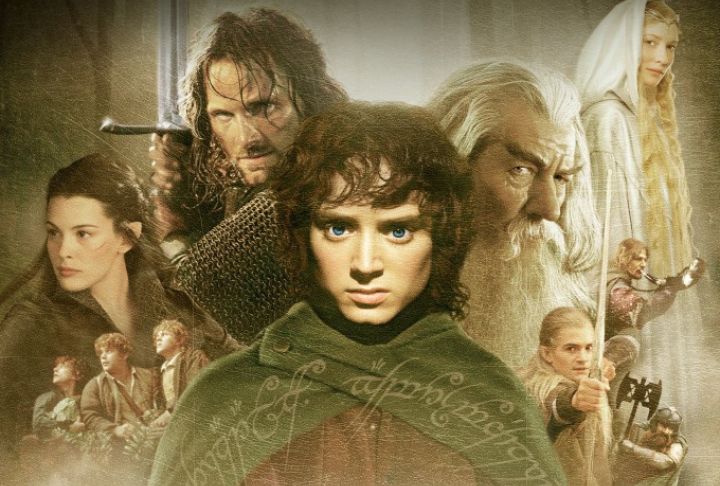
Explore the historical English locales that sparked J.R.R. Tolkien’s imagination and shaped the landscapes of Middle Earth. These sites gave Tolkien the backdrop and essence for his epic tales of heroism and adventure in The Lord of the Rings and The Hobbit. This list highlights the rich connections between these real-world locations and Tolkien’s literary world.
Hobbiton and Sarehole Mill

This picturesque English countryside near Birmingham enchanted Tolkien during his childhood explorations. Its tranquil surroundings, with rolling hills and a quaint water mill, inspired the pastoral beauty of Hobbiton, the peaceful home of the hobbits in ‘The Lord of the Rings.’ Tolkien fondly recalled the landscapes of Sarehole as he crafted the idyllic Shire, infusing it with nostalgia and rural simplicity that resonates throughout his works.
Helm’s Deep and Cheddar Gorge
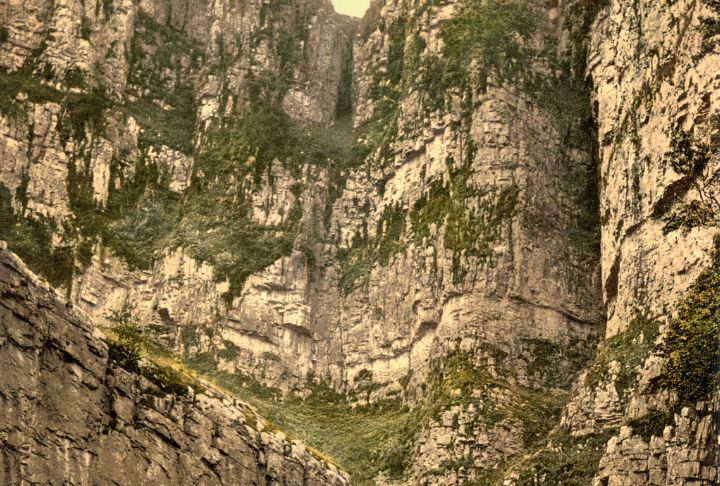
With towering cliffs and natural fortifications, Cheddar Gorge directly inspired Helm’s Deep, the fortress of Rohan in Tolkien’s legendarium. The gorge’s rugged landscape and imposing heights mirrored Helm’s Deep’s strategic advantages against the dark forces of Middle Earth. Tolkien’s portrayal of Rohan’s defense against the enemy drew from the stark beauty and formidable terrain of Cheddar Gorge.
The Two Towers’ connection to Perrott’s Folly and Edgbaston Waterworks Tower
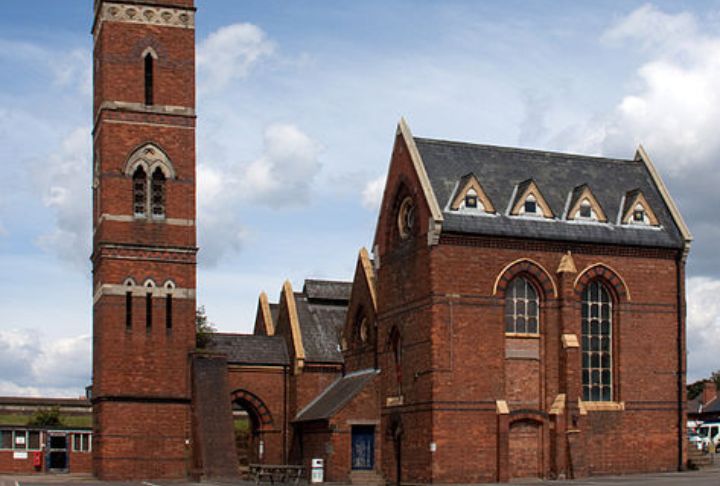
These prominent landmarks in Birmingham’s skyline left a lasting impression on Tolkien’s imagination. With distinct architectural features and a commanding presence, these towers inspired the iconic imagery of the Two Towers in Gondor and Mordor. Tolkien drew parallels between the contrasting towers—one a beacon of hope and the other a symbol of darkness—reflecting the eternal struggle between good and evil in ‘The Lord of the Rings.’
The Riders of Rohan and the Uffington White Horse

Etched into the chalk hills of Oxfordshire, the Uffington White Horse took on the spirit of the Riders of Rohan in Tolkien’s mythology. This ancient hill figure, believed to date back over 3,000 years, symbolized the swift cavalry and free-spirited culture of Rohan’s horse riders. Tolkien drew inspiration from the White Horse’s prominent position and symbolic importance.
The Prancing Pony and The Bell Inn
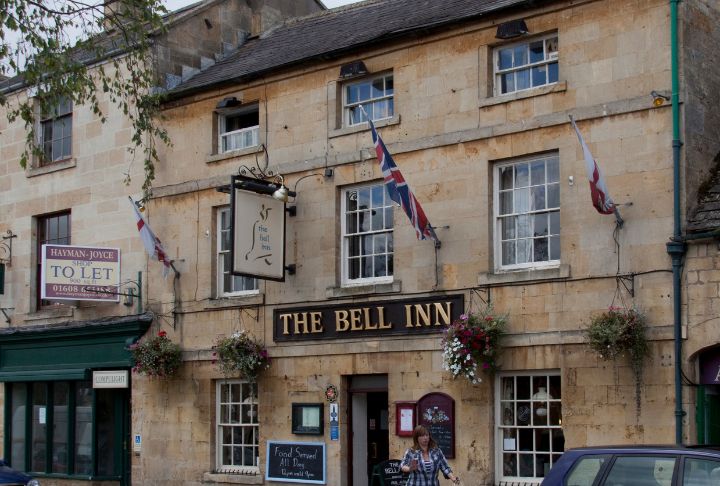
A cozy establishment in Oxford’s countryside, The Bell Inn, captured Tolkien’s imagination with its rustic charm and warm hospitality. Inspired by the inn’s lively atmosphere and historical ambiance, Tolkien created the Prancing Pony, a popular tavern in Bree. Here, travelers and adventurers from across Middle Earth converged, sharing tales of bravery and intrigue amidst the inn’s comforting hearth and bustling camaraderie.
St Edward’s Church and the Door of Durin
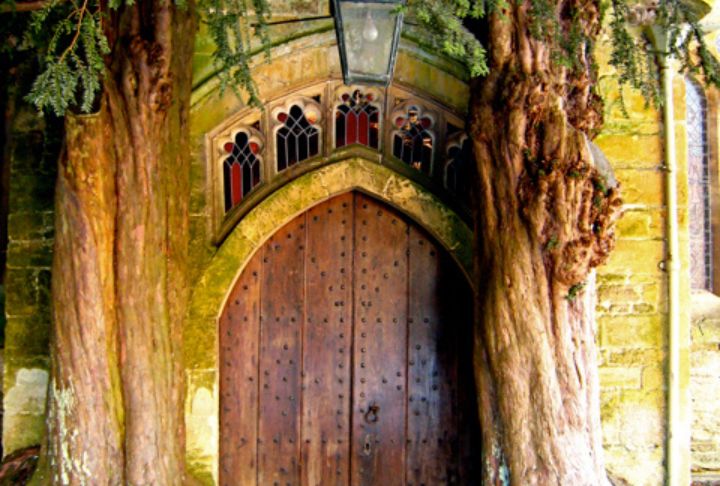
St Edward’s Church in Stow-on-the-Wold provided Tolkien with the architectural inspiration for the mystical Door of Durin. The church’s ancient doorways and intricate stonework fascinated Tolkien, influencing his depiction of Moria’s hidden entrance in ‘The Lord of the Rings.’ Adorned with Elvish runes and guarding the realm of the dwarves, the Door of Durin echoed the medieval craftsmanship and mystical allure of St Edward’s Church.
